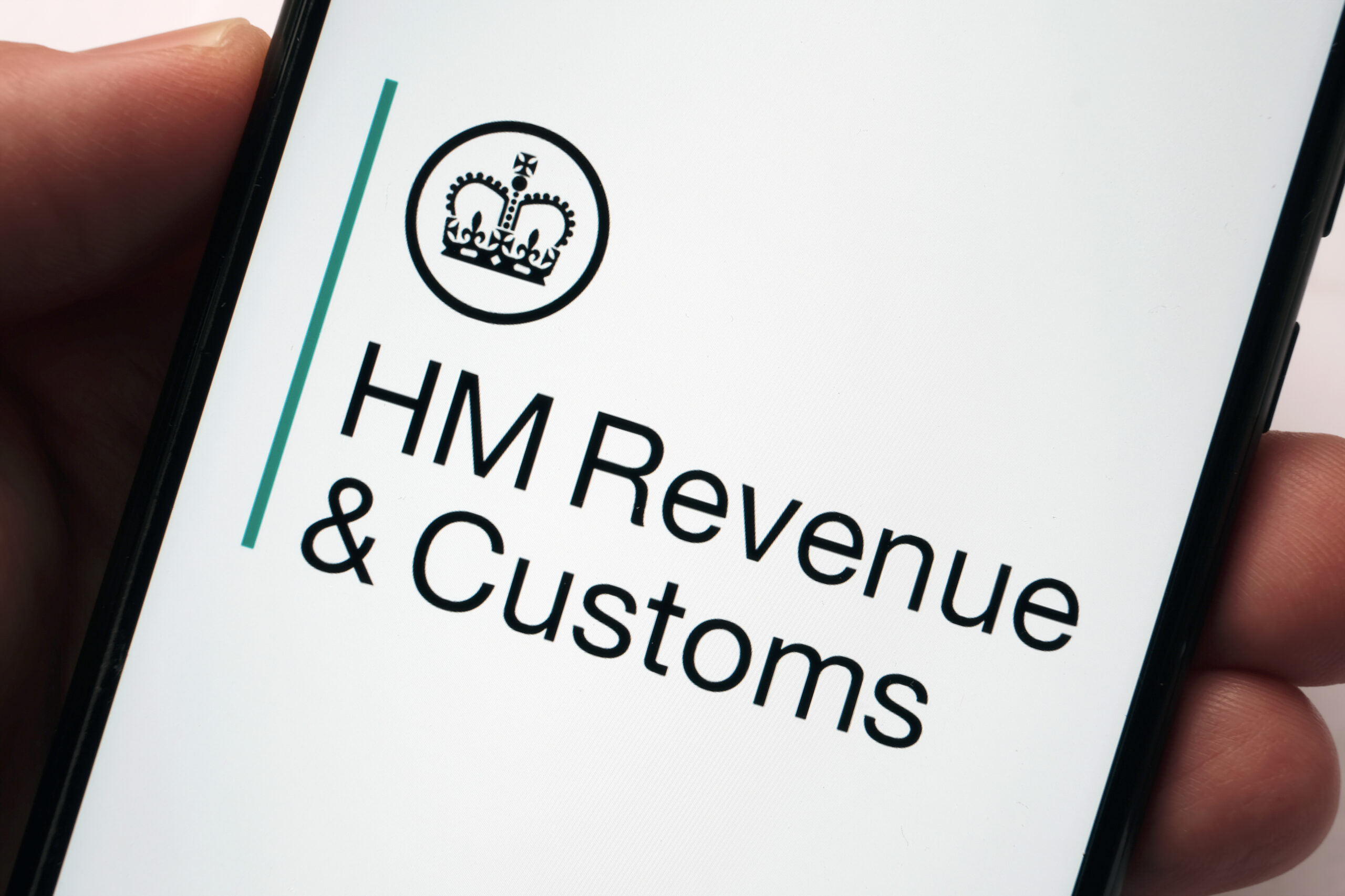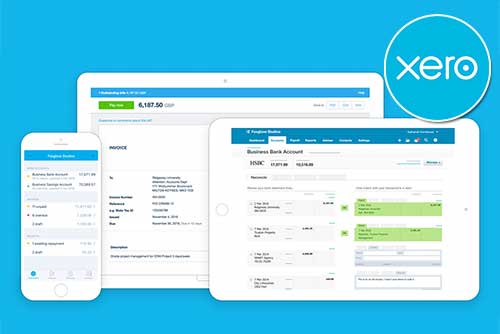What is Current Ratio?
In finance, the term current ratio is often used. But what exactly is it? Simply put, the current ratio is a liquidity ratio that measures a company’s ability to pay off its short-term obligations with its short-term assets.
In this article, we will delve into the concept of the current ratio, explore its significance, how it’s calculated, and its implications for assessing a company’s short-term financial health.
Understanding the Current Ratio
The current ratio is a financial metric used to evaluate a company’s ability to pay off its short-term liabilities with its short-term assets. In simpler terms, it measures the company’s liquidity, indicating whether it has enough assets that can be quickly converted into cash to cover its short-term debts.
Current Ratio Formula
The current ratio is calculated by dividing a company’s current assets by its current liabilities. The formula is expressed as:
Current Ratio = Current Assets/ Current Liabilities
Where:
- Current assets typically include cash, cash equivalents, accounts receivable, inventory, and any other assets that are expected to be converted into cash within a year.
- Current liabilities encompass obligations that are due within the next twelve months, such as accounts payable, short-term loans, and accrued expenses.
Interpreting the Current Ratio
The resulting ratio provides valuable insights into a company’s financial health:
- Ratio Value: A current ratio greater than 1 indicates that a company has more current assets than current liabilities. This implies that the company possesses sufficient liquidity to cover its short-term obligations. Conversely, a ratio below 1 suggests that the company may struggle to meet its immediate financial obligations.
- Optimal Ratio: While a ratio above 1 is generally preferred, an excessively high ratio may indicate inefficient use of assets. It could suggest that the company is not investing its resources effectively to generate returns. Hence, an optimal current ratio varies across industries and should be analysed in the context of the company’s specific operations and financial structure.
- Trend Analysis: Monitoring the current ratio over time allows stakeholders to assess the company’s evolving financial position. A declining ratio could indicate deteriorating liquidity, potentially signalling financial distress. Conversely, an increasing ratio may suggest improved liquidity and financial strength.
How the Current Ratio Changes Over Time
The current ratio is not static but fluctuates throughout the year. For instance, a company may start the year with a current ratio of 1.5, indicating a healthy balance between its short-term assets and liabilities. However, as the year progresses, this ratio may fluctuate due to various factors such as changes in inventory, accounts receivable, and short-term debt.
In some cases, a company’s current ratio may dip below 1 during certain periods. This could be due to seasonal variations in business operations, such as a retailer stocking up on inventory for the holiday season, thereby increasing its current liabilities. However, this doesn’t necessarily signal financial distress, as the ratio may improve once the inventory is sold and the liabilities are reduced.
On the other hand, a company’s current ratio may also increase over the year. This could be due to the successful collection of accounts receivable or the reduction in short-term debt. However, a consistently high current ratio, say over 3, may indicate inefficiencies in asset utilisation or working capital management.
Limitations of Using the Current Ratio
- Doesn’t Consider Asset Quality: The current ratio treats all current assets equally without considering their quality or liquidity. For example, while cash and accounts receivable are highly liquid, inventory may not be as easily converted into cash. Therefore, a high current ratio may overstate a company’s actual liquidity if a significant portion of its current assets consists of less liquid assets like inventory.
- Timing of Liabilities: The current ratio considers all current liabilities due within the next twelve months as equal. However, not all liabilities are due immediately or require immediate payment. Some liabilities may have longer payment terms or may be easily rolled over or renegotiated. Therefore, the ratio may not accurately reflect the timing and urgency of the company’s short-term obligations.
- Ignores Cash Flow: The current ratio focuses solely on the relationship between current assets and current liabilities, neglecting the company’s cash flow dynamics. A company may have a high current ratio but still face cash flow challenges if it struggles to collect receivables or manage inventory effectively.
- Doesn’t Consider Long-Term Obligations: The current ratio focuses solely on short-term liquidity and does not take into account a company’s long-term obligations, such as long-term debt or lease liabilities. Therefore, it may not provide a comprehensive picture of the company’s overall financial health and solvency.
Other Liquidity Ratios
Other liquidity ratios, such as the quick ratio and the cash ratio, offer alternative perspectives on a company’s financial health.
Quick Ratio
The current ratio, as we know, considers all current assets, including those that may take longer to convert into cash. On the other hand, the quick ratio is more stringent, focusing only on assets that can be liquidated within 90 days or less. It provides a more conservative measure of short-term liquidity, as it reflects a company’s ability to meet its obligations without relying on inventory sales.
The formula for quick ratio is as follows:
Quick Ratio = (Current Assets – Inventory)/ Current Liabilities
Cash Ratio
The cash ratio only takes into account a company’s marketable securities and cash when compared to its current liabilities. This makes it a more stringent measure of liquidity, as it assesses a company’s ability to cover its short-term obligations using only cash on hand.
The formula for cash ratio is as follows:
Cash Ratio = Cash and Cash Equivalents/ Current Liabilities
Operating Cash Flow Ratio
The operating cash flow ratio evaluates a company’s ability to meet its short-term obligations using cash generated from its core operating activities. It provides insights into the company’s cash generation capability relative to its short-term liabilities.
The formula for operating cash flow ratio is as follows:
Operating Cash Flow Ratio = Operating Cash Flow/ Current Liabilities
Working Capital Ratio
Working capital ratio measures the proportion of total assets financed by working capital. It reflects the efficiency of working capital management and the extent to which current assets can cover short-term liabilities.
The formula for working capital ratio is as follows:
Working Capital Ratio = (Current Assets – Current Liabilities)/ Total Assets
The Bottom Line
The current ratio serves as a fundamental metric for assessing a company’s short-term liquidity, providing insights into its ability to meet immediate financial obligations. However, it’s essential to recognise its limitations and complement it with other liquidity ratios to gain a more comprehensive understanding of a company’s financial health. By analysing multiple liquidity ratios alongside other financial metrics, stakeholders can make more informed decisions and mitigate risks associated with short-term liquidity challenges.





















